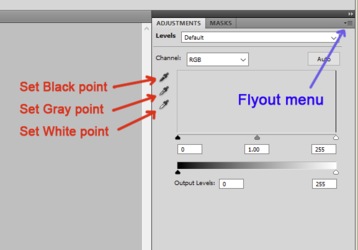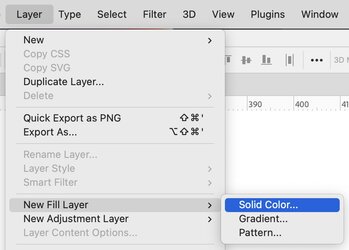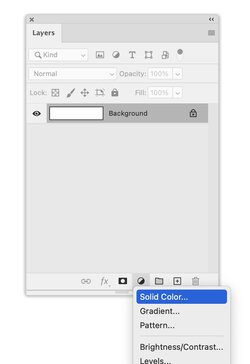Hi,
at first I apologize in case this question was repetitive, I tried finding an answer in previous discussions, but I guess I don't even know how to call the operation I am trying to carry on. I am quite new to Photoshop.
Substantially, I have many photos of a different subjects on a white background, and I would need to modify these photos making sure that the white of the background has identical RGB values (for example 255, 255, 255), and so correcting the RGB values of the whole image accordingly.
To do that, I thought to select a standard square area from the same position (for example the right bottom corner) and of the same size (like 100x100 pixel) for each photo, getting the medium blur of that area and obtain the RGB values. After that I would modify that RGB values in order to make them identical to the standard parameter (for example 255, 255 255), but making sure all the image RBG values are modified accordingly to this square area.
I hope explained well my idea, and I would like to ask if maybe someone is able to help me, or better giving me a better idea to do this kind of RGB correction.
Thanks a lot for your kind help
at first I apologize in case this question was repetitive, I tried finding an answer in previous discussions, but I guess I don't even know how to call the operation I am trying to carry on. I am quite new to Photoshop.
Substantially, I have many photos of a different subjects on a white background, and I would need to modify these photos making sure that the white of the background has identical RGB values (for example 255, 255, 255), and so correcting the RGB values of the whole image accordingly.
To do that, I thought to select a standard square area from the same position (for example the right bottom corner) and of the same size (like 100x100 pixel) for each photo, getting the medium blur of that area and obtain the RGB values. After that I would modify that RGB values in order to make them identical to the standard parameter (for example 255, 255 255), but making sure all the image RBG values are modified accordingly to this square area.
I hope explained well my idea, and I would like to ask if maybe someone is able to help me, or better giving me a better idea to do this kind of RGB correction.
Thanks a lot for your kind help



